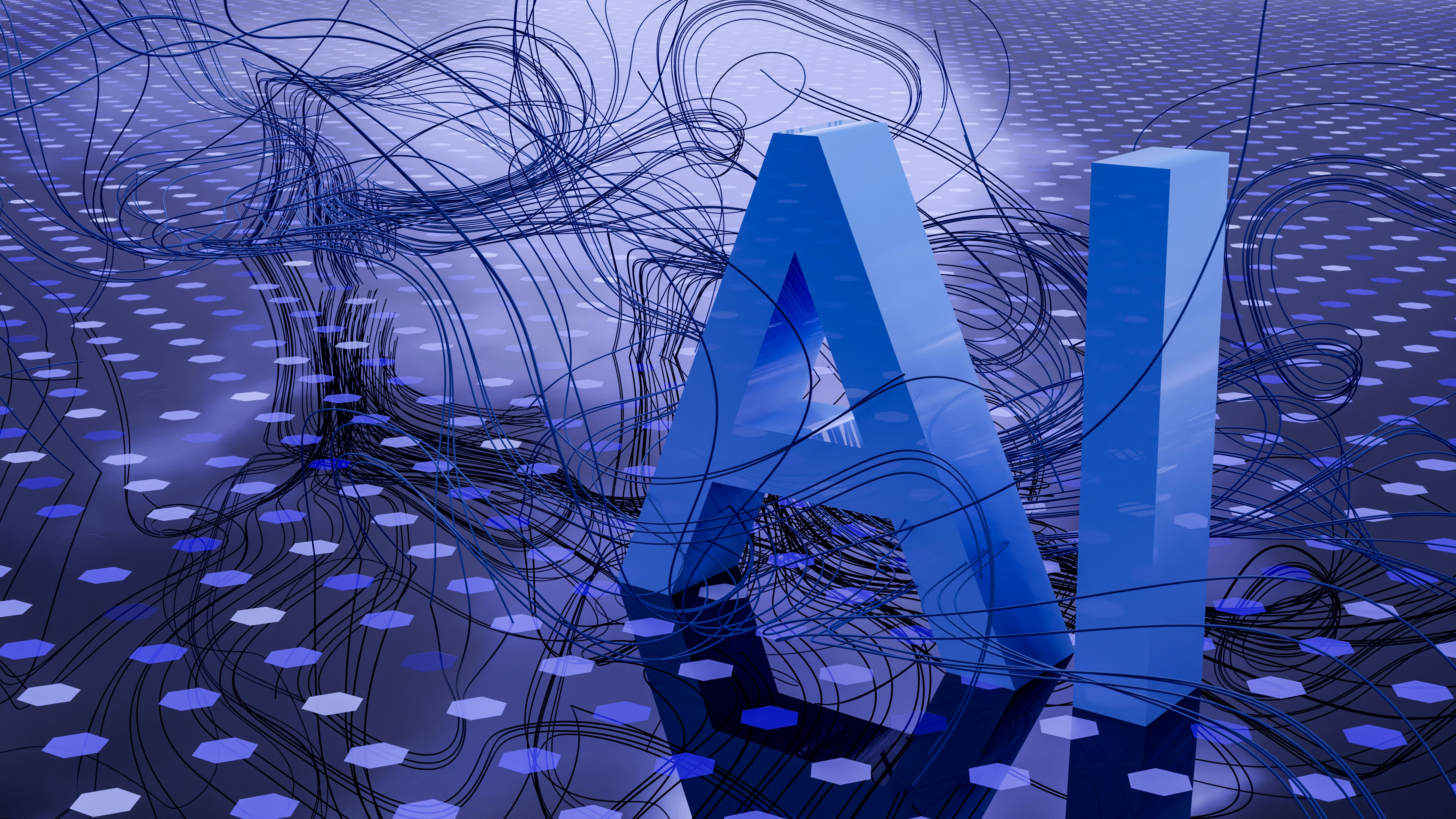The End of OCR: How AI is Redefining Invoice Processing
Feb 17, 2025

A Technological Shift in Finance
The automation of invoice processing has been a central topic for finance departments and IT departments of large companies for years. For a long time, Optical Character Recognition (OCR) was considered the standard technology for converting paper-based or PDF invoices into digitally usable data. However, with the upcoming E-invoicing obligation in Germany and the EU and the technological advancements in Artificial Intelligence (AI), OCR is increasingly reaching its limits.
While OCR was an initial step towards automation, it is becoming increasingly clear that this technology is no longer sufficient for the demands of modern, fully digital accounting. AI-powered solutions go far beyond mere character recognition and offer true end-to-end automation – from capturing to complete booking and approval.
Why OCR Is No Longer Sufficient
OCR technologies operate on a simple principle: they recognize characters on a document, convert them into text, and pass the data to downstream systems. However, this approach has several fundamental weaknesses:
Lack of Contextualization
While OCR can recognize text, it neither understands its meaning nor the business context. For example, an OCR system can read an invoice number, but it cannot validate whether it belongs to an already existing order or whether the sales tax has been calculated correctly.High Error Rate with Varying Formats
Invoices differ significantly in their structure and layout. OCR systems often need to be adjusted to different formats through manual mapping rules. Even small layout changes can result in an invoice not being read correctly, necessitating manual rework.Limited Scalability and Maintenance Effort
Since OCR is heavily dependent on predefined rules and templates, the system must be constantly updated to keep pace with new suppliers, invoice formats, or regulatory changes. This results in a significant maintenance burden for IT departments and reduces the long-term efficiency of the solution.Lack of Depth in Automation
OCR systems are not capable of processing invoices autonomously. They only provide raw data that must be further processed through additional manual or rule-based processes. True end-to-end automation is not possible with OCR.
The E-Invoice as a Game Changer – and the End of OCR
With the mandatory introduction of the E-invoice in Germany from 2025, OCR will become obsolete. E-invoices are purely structured data sets in the format of XInvoice or ZUGFeRD, which can be directly imported and processed in ERP and accounting systems. The previously necessary extraction of information from a PDF or paper document is therefore completely eliminated.
While companies have previously worked with hybrid solutions combining OCR and manual checks, the E-invoice, in conjunction with AI-powered invoice processing, for the first time enables a fully autonomous workflow:
Data is available in standardized form – no more text recognition process needed.
AI can intelligently interpret invoice data – automatic account coding and booking in real-time.
Rule-based processes are replaced by self-learning models – AI dynamically adapts to new suppliers and booking patterns.
How AI Transforms Invoice Processing
AI-powered invoice processing not only replaces OCR but also enables a completely new approach in accounting. Unlike OCR-based systems, AI does not just analyze text; it understands the meaning of the data and makes independent decisions.
Data Extraction with Semantic Understanding
AI models not only recognize words and numbers but also draw conclusions about their meaning. For instance, AI can differentiate whether a specific amount represents the total invoice sum or a separate fee.Automatic Validation and Matching with Orders
While OCR systems merely capture invoice data, AI can directly match this with orders, contracts, and payment information. Erroneous or duplicate invoices are automatically detected and forwarded to the relevant departments.Dynamic Account Coding without Predefined Rules
Classic systems require a manual definition of booking rules. AI, on the other hand, learns from past bookings and automatically suggests the correct account coding and cost center.Automated Approval Processes
AI can independently decide which invoices should be booked immediately based on historical approvals and internal policies, and which require additional checks. This reduces delays and ensures faster payment processing.Seamless Integration into Existing ERP Systems
Modern AI-powered invoice processing systems are designed to integrate seamlessly with existing ERP and accounting systems. This reduces implementation effort and ensures continuous optimization of processes.
Conclusion: The Future of Invoice Processing is AI-Based
OCR was a necessary interim step in the digitalization of accounting – but with the introduction of the E-invoice and the progress in artificial intelligence, this technology belongs to the past.
Companies that continue to rely on OCR will struggle with increasing error rates, manual effort, and missed efficiency gains. The future lies in AI-powered, autonomous systems that can not only read invoices but understand and process them.
The next generation of invoice processing is not only digital – it is intelligent, self-learning, and fully automated. Companies that transition to AI-powered solutions now not only secure a competitive advantage but also set the new standard in accounting.
Made in Germany
Based in Munich

GDPR-compliant
Hosted in Europe


DIN ISO/IEC 27001 & DIN ISO/IEC 27018 certified servers

Backed by
Y-Combinator
